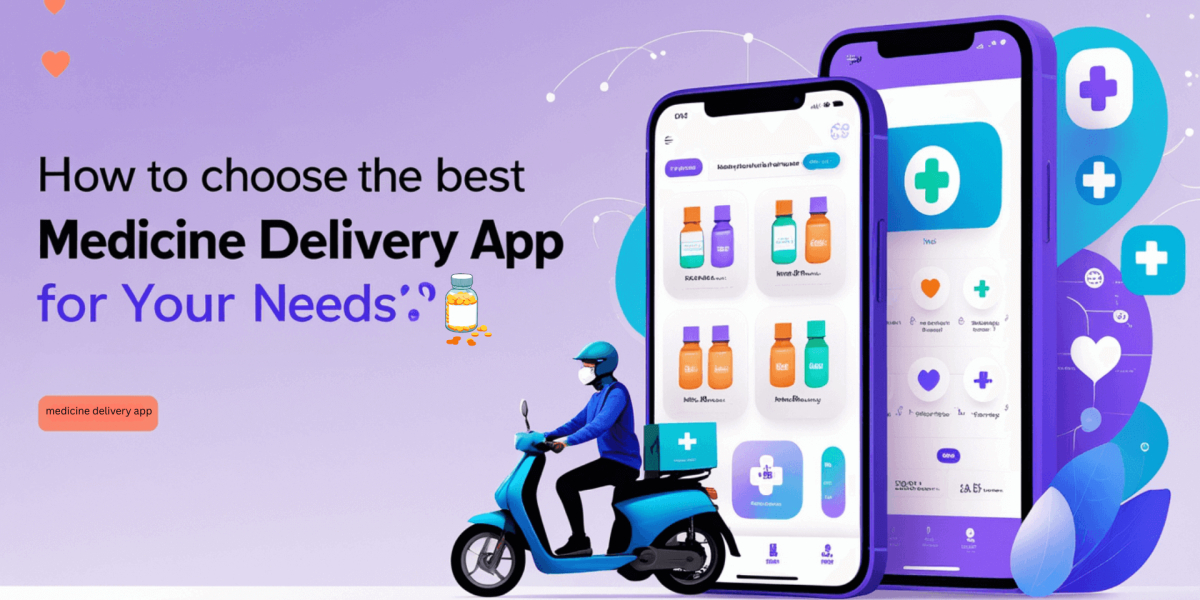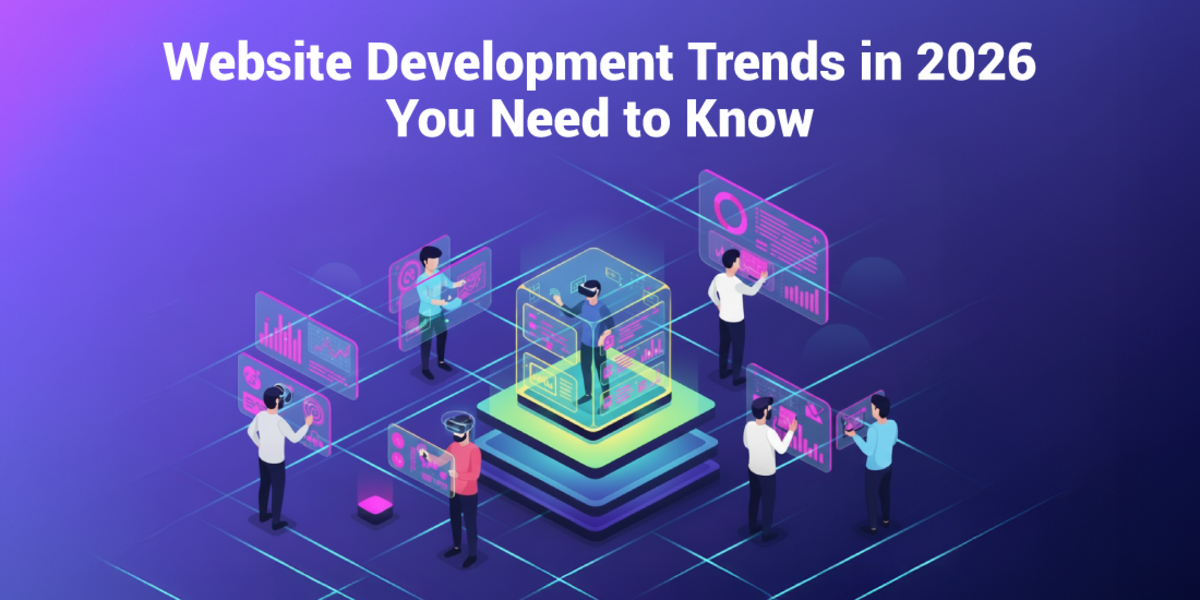Building Effective Sales Funnel With Chatbots
- By Abinaya Ramakrishnan
- 28-08-2020
- Technology

Sales and marketing always go hand-in-hand with lead generation and revenue-making, which works just fine for any organization that chooses to follow this path righteously. Many businesses and app developers today follow the sales funnel strategy rather very strictly to achieve prospective targets (customers) or, in other words, leads. But basically, what is a sales funnel in the first place?
Sometimes, being procedural helps to get through multiple stages at ease; sales funnels are similar to that. The sales funnel process is a step-by-step procedure of having a customer or a visitor of interest getting converted into a prospect, which takes the sales team one step at a time. These steps can comprise an n-number of ways in which conversion occurs from one funnel stage to another.
lthough the process through the funnel might seemingly be easy to acknowledge, the conversion is still a challenge. To reduce facing such a challenge, there must be an efficient alternative that there’s the sustenance of customer’s interests in your products or services and effective campaigns that keep them engaged or sometimes gives a nudge to invest their interests. What can make such a game-changing scheme happen?
ENTER THE CHATBOTS
Remember seeing those little pop-ups on websites that prompt cute and short messages like “Hi, how can I help you today?”? Yeah, they’re chatbots in disguise! These use small programs or code snippets (well, not precisely snippets) powered by a messaging software, which hosts the bot for simulating human-like responses to people who come in search of assistance. They are mostly found on websites or mobile applications by companies mainly to streamline customer assistance. Right from conglomerates to SMB’s, even many startups nowadays are making use of this amazing tech. They are also available in various budgets, based on the company’s necessities, keeping in mind the employee density.
The chatbot development in the industry aims to support scaling businesses such as cost reduction, down-sizing human efforts for ease of access, providing answers with accuracy and proper data, and, more importantly, quick responses. It reduces the wait time, as the agents getting assigned wouldn’t be necessary for some situations. In contrast, when they are essential, the bots would take care of the preliminary questions and keep the customer engaged until assigning an agent to the loop. This way, customers need not feel like being ignored. Instead, you, as a company with capable chatbots, can give them all the attention that they deserve. Let’s now see how to implement the different stages of the sales funnel with the help of chatbots, and help in the growth and effectiveness of business :
STAGE #1 - AWARENESS
The route starts here for the buyers. Here’s where the customers who enter get to know what you provide, see through the overall aspects, and simply browse it casually. In other words, the stage is coined as brand awareness or lead generation. To reach the awareness stage, the marketing strategies would have been the nudge behind it by broadcasting the existence of such a product or service. A steady combination of SEO and social media channels were possibly used for the same. Bots with their AI (Artificial Intelligence) can be customized in such a way that it tends to engage individual visitors on specific pages only, not all. They are the ‘targeted websites.’ Such a method is done based on something called a behavior pattern, which can be tracked from the search patterns done by the visitors. It is a great way to start the funnel journey with bots for such an action.
STAGE #2 - INTEREST
Since they don’t plan on visiting your page every now and then, they wouldn’t get updated on the tour website’s happenings, right? And so the bots don’t get a chance for further engagement too. In such cases, as and when the first engagement takes place, persuasive sessions such as general surveys, answering FAQs would be taken care of by the chatbots. If they are unable to elaborate further, agent(s) are immediately notified, and a live agent is immediately available for the rescue. Additionally, the chatbots also can provide more options with suitable pricing categories based on the analysis of the customer’s behavior. For instance, if the visitor or customer spends more time on analyzing the ‘personal plan’ for $30, and immediately skips if something like a ‘business plan’ for $200 comes up, then it’s easy, obvious and safe to say that he isn’t looking for something bulk. Offers and incentive-based play-and-win links (if any) would be suggested proactively to the customer for the ‘personal plan’ category by the bot. Such suggestions induce interest and lead to the next stop - ‘this or that’ stage!
STAGE #3 - DECISION
Well, the decision has been made. The ritual of buying is about to begin. Help might be summoned. But it’s an unlikely time - when there are no agents available. It’s past midnight. You wouldn’t want the customer to change his mind, and yet his necessary assistance shall still be provided via chatbots. These, unlike humans, are available 24/7 without a break. It’s highly advantageous too because agents would be randomly assigned, and they wouldn’t, pretty much, know the customers at all. But the chatbot sees all, knows all and hears all. With prior conversation styles and behavior, they would be able to assist the customer just as needed. They’d also be prompted to send out customer guides for instance, after the purchase, so that their tier 1 kind of doubts shall be cleared out even without asking. Further doubts, up to an extent, would be answered by them as well - you know, with the help of their trained dataset. Time just gets saved so much through such proactive actions.
STAGE #4 - ACTION
Ultimately the customer just bought your product and s/he is happy! Wait, that’s not the ultimate. The sale is made, but that’s just not it - the ultimate goal is to probe the customer to come back for enhancements, upgrades, and possibilities in the future. A database is stored on the customer’s collected data, who is then sent regular follow-up emails, proactive help catalogs, offers and incentive brochures, and many more, to create loyal customers.
OVERALL IMPORTANCE
Chatbot marketing has a significant impact on all industries with effective growth rates, instantaneous messaging, inflated CTRs, high levels of interactions, and many other add-ons. Unlike traditional marketing methods, this way can be more personalized according to the users’ styles and thus proves more competency on an overall level. Moreover, today’s chatbots come in-built with NLP (Natural Language Processing), allowing the interaction flow to be as natural as possible to decipher and understand. Then there are AI-powered chatbots that focus on intent, delight, and become your support team's perfect ally. Apart from these, there are many other marketing and sales’ effective shortcuts for your business to provide the best-of-all-time services and support.
TAKEAWAYS AND CONCLUSION
The use of bots to grow your business mainly enables you not to limit your traffic to a single source. It uses and pulls data and provides it from multiple sources such as social media platforms, SEO pages, AI perks, and more. Why just settle on the ordinary when you can get a whole lot! So, bot on, because why not!


.jpg)


